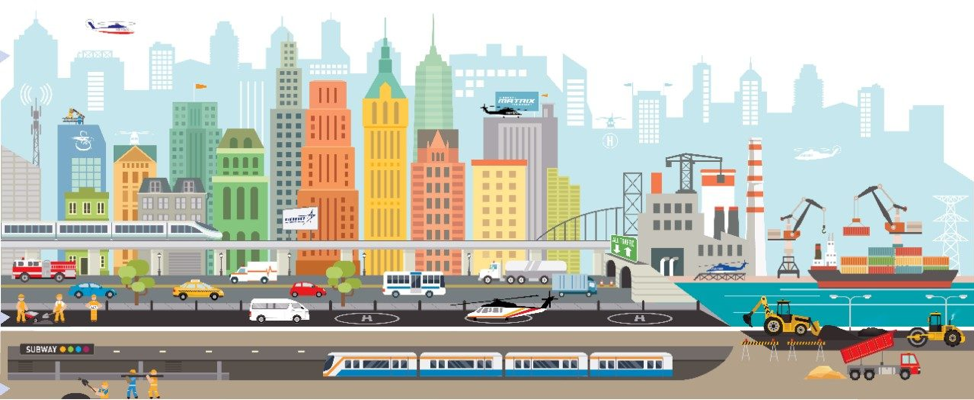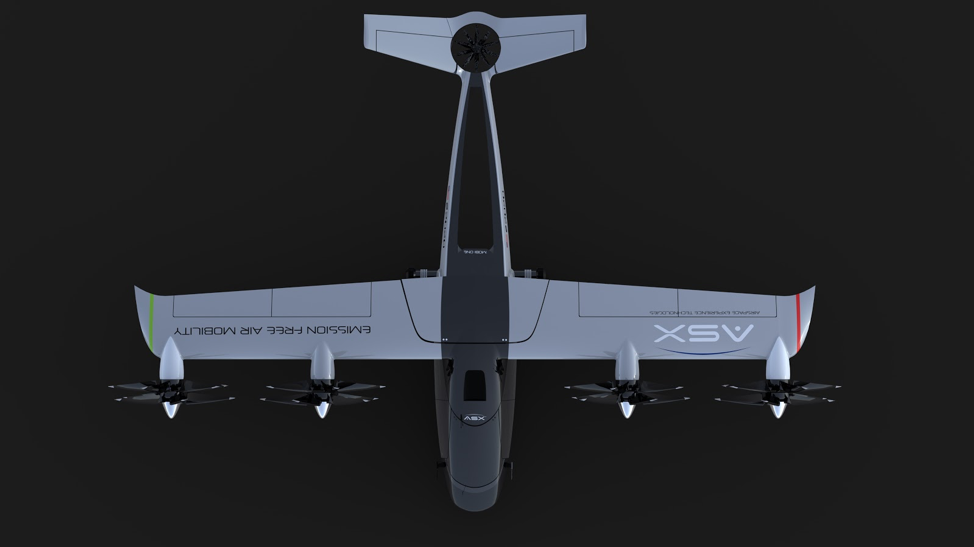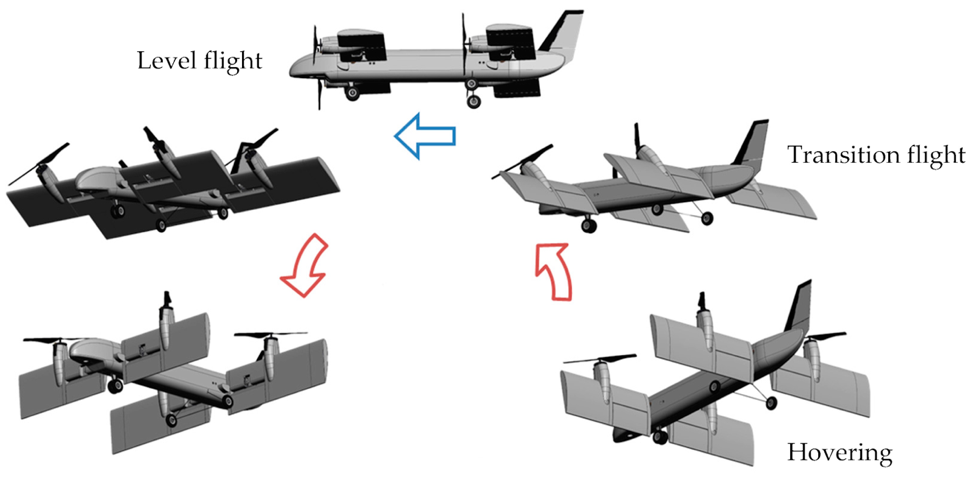Blog post by ELP Student Parker Trombley (Aerospace Engineering | Class of 2021) Interning at ASX | Airspace Experience Technologies in Detroit
Thinking About Mobility

Traffic doesn’t seem to be getting much better either, and with a rapidly growing population we need to look into all of the new solutions that we can. Every additional minute that workers spend in their car waiting in traffic is more productivity time lost, more fossil fuels burned, and ultimately more life and money wasted.
I first became interested in UAM through the Boeing GoFly Prize, and shortly after started a project team at the University of Michigan for students to work on designing and building prototype UAM aircraft. That is how I came into contact with the Detroit startup I am now interning at, Airspace Experience Technologies (ASX). My internship at ASX has given me first-hand industry experience with the development of this next generation of aircraft, and it has me more excited than ever before for the future of transportation.
First question: What kind of aircraft can even be used for this kind of transportation? The first that comes to mind is the helicopter, considering the fact that it can take off and land straight up and down from helipads and even rooftops. This is called vertical take-off and landing (VTOL), and aircraft capable of this are key to UAM’s success. However, helicopters are nowhere near what the final product will likely look like – one major reason is the efficiency of the flight path. Developing aircraft for commercial use is not a fast process, so when thinking about what will actually be used to power the aircraft we need to consider more than just the current norm.
Let’s Get Technical

With modern electric motors, we are able to lose much of the complexity of mechanically connecting the engine to propellers. This allows for motors and propellers to be more conveniently placed at multiple locations of the aircraft. This has led to two major designs for eVTOL aircraft: two-phase separated propulsion and transition aircraft. Two-phase is the simplest in terms of mechanical and avionics complexity, because it has vertically mounted propellers for vertical take-off and landing, and separate horizontally mounted propellers for cruise flight. Along with the motors this configuration will typically feature a stationary wing that provides lift during cruise flight, allowing for the vertical motors to be powered down and for the aircraft to perform more efficiently. One example of this type of aircraft is the Aurora Passenger Air Vehicle (PAV).
Some of the issues with the two-phase configuration are that these extra motors and propellers produce additional drag in the air (reducing efficiency) and once the vertical motors are powered down, those motors are then just dead weight that the aircraft is carrying. With transition aircraft, the same propulsion system is used during vertical take-off and landing and cruise flight, but there is a transition stage between where either just the propellers or the whole wing tilts from vertical to near-horizontal. An example of this type of aircraft is the ASX MOBi-One, currently being developed at our company. This configuration can be more efficient because there is no extra weight being carried during cruise and it can be a more streamlined design similar to conventional aircraft, but this efficiency does not come without a cost.
Transition Aircraft

At some point, the controls must be switched over to conventional aircraft controls where control surface on the wing and empennage (tail section) are used to deflect the airflow and create the desired pitch, roll, and yaw moments. Depending on how quickly the aircraft is capable of making the transition, there may also need to be some form of combination controls specifically for the transition stage of flight. This can all get extremely complicated very quickly, and this is all still surface-level. Depending on the timeline and resources of the aircraft development, it may be more profitable skip the complications of transition and go with a two-phase configuration.
Public Acceptance

Along with electrification, another significant aspect of UAM will be the level of autonomy involved with these aircraft. Air traffic control will need massive reform to keep all of these flight patterns organized, and it is likely that autonomy will play a large part in making that possible. Vehicle to vehicle communication will allow all aircraft to be aware of their own location and heading along with all other aircraft around it, allowing for safe operations on a daily basis as is desired. However, as seen with recent crashes involving self driving cars, it will take time for the public to fully trust autonomy, especially in aircraft when trust is quickly lost and stakes are much higher. For this reason, early aircraft in used for UAM will likely be optionally-piloted aircraft (OPA) with a trained operator in the aircraft at all times that would be capable of taking over should anything go wrong. As technology improves and people begin to trust autonomy more, these aircraft will eventually be completely pilotless.
Preparing for the Future


